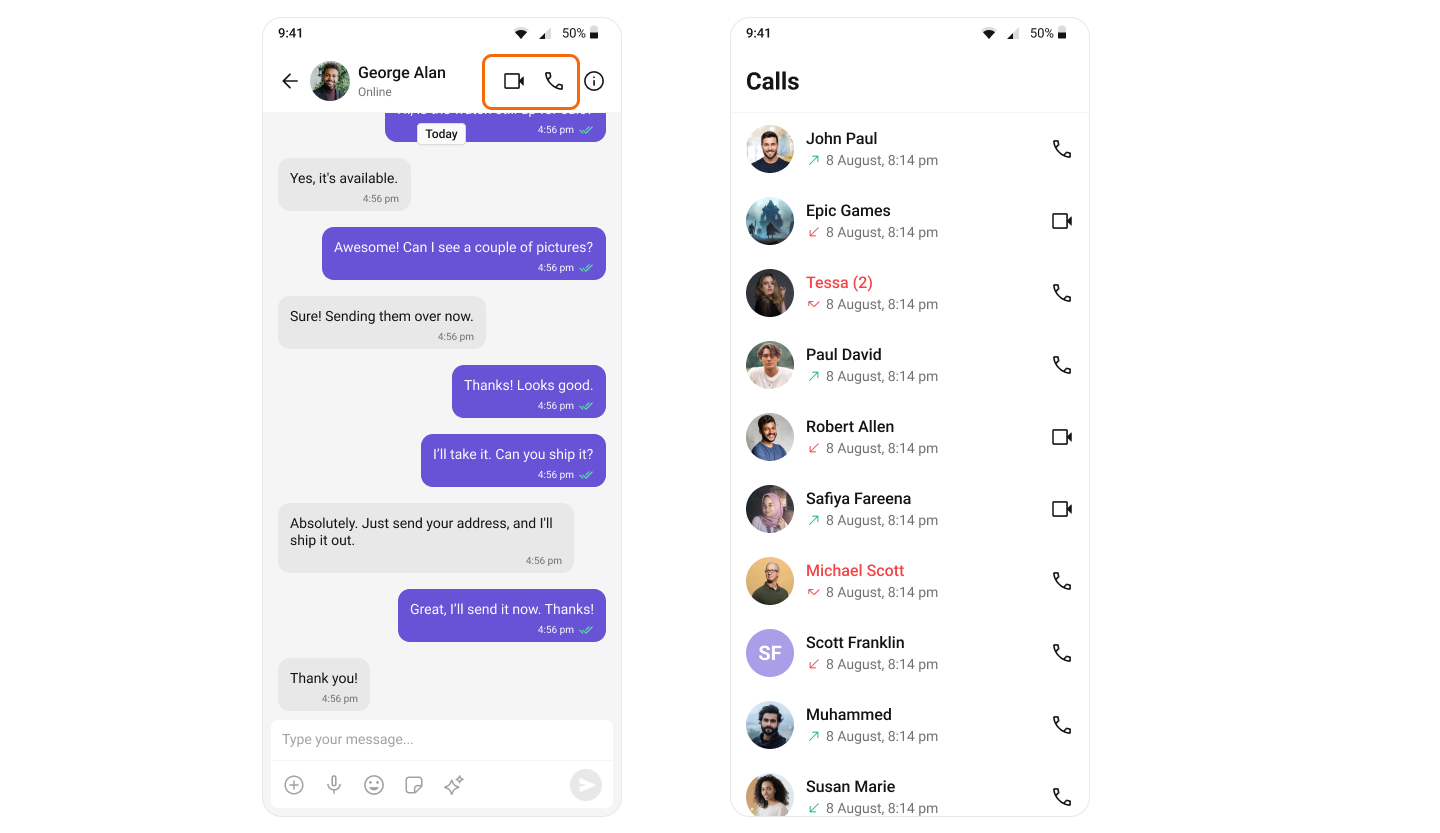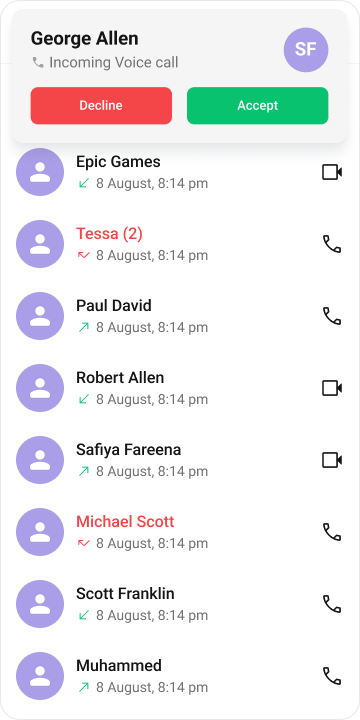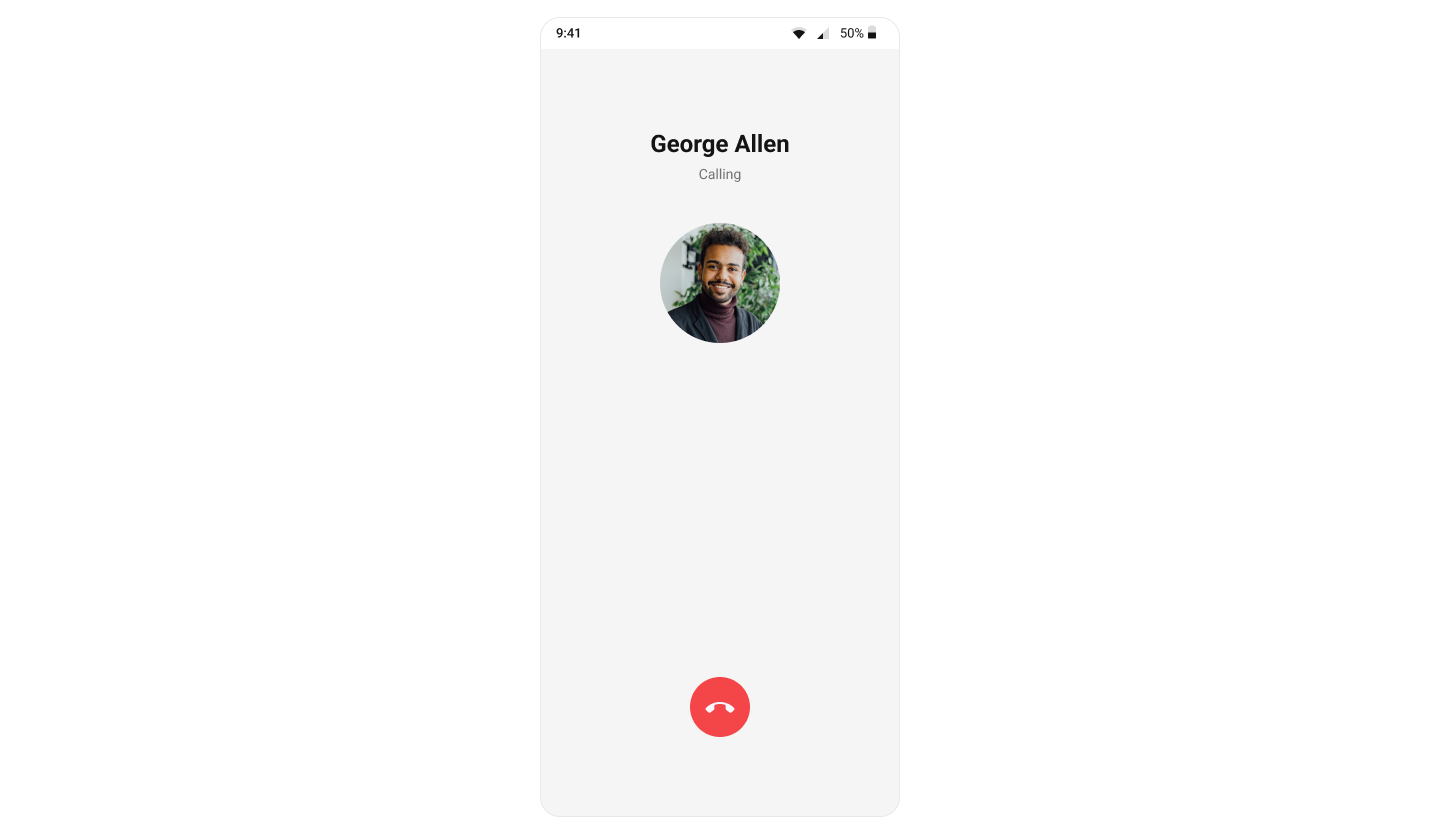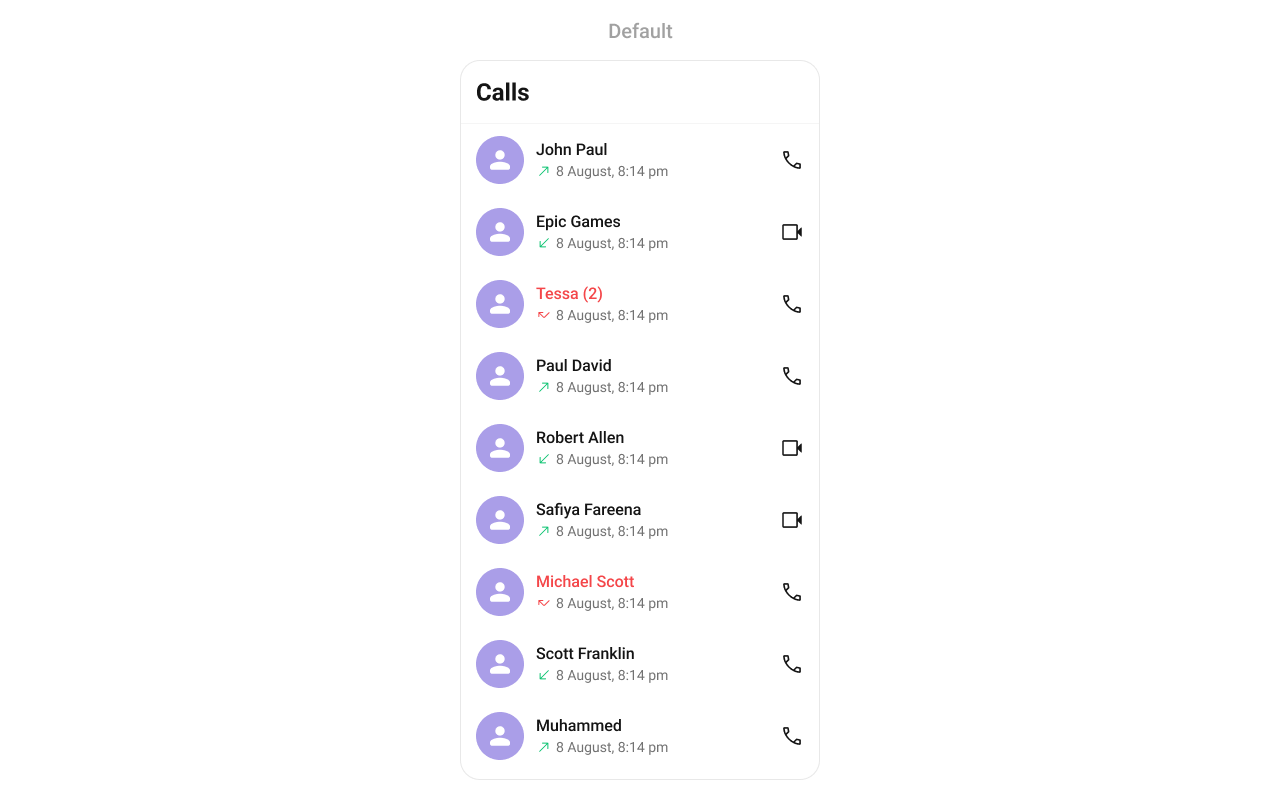import React, { useEffect, useRef, useState } from "react";
import { SafeAreaView } from "react-native";
import { CometChat } from "@cometchat/chat-sdk-react-native";
import { CometChatIncomingCall } from "@cometchat/chat-uikit-react-native";
// Track whether the user is logged in
const [loggedIn, setLoggedIn] = useState(false);
// Track if there is an incoming call to display
const [callReceived, setCallReceived] = useState(false);
// Store the incoming call object for use in the UI
const incomingCall = useRef<CometChat.Call | CometChat.CustomMessage | null>(
null
);
// Unique ID for registering and removing the call listener
var listenerID: string = "UNIQUE_LISTENER_ID";
const App = (): React.ReactElement => {
useEffect(() => {
// Register the call listener when the component mounts or when login state changes
CometChat.addCallListener(
listenerID,
new CometChat.CallListener({
// Fired when an incoming call is received
onIncomingCallReceived: (call: CometChat.Call) => {
// Store the incoming call and update state.
incomingCall.current = call;
// Trigger UI to show incoming call screen
setCallReceived(true);
},
// Fired when an outgoing call is rejected by the recipient
onOutgoingCallRejected: () => {
// Clear the call state if outgoing call is rejected.
incomingCall.current = null; // Clear the call object
setCallReceived(false); // Hide any call UI
},
onIncomingCallCancelled: () => {
// Clear the call state if the incoming call is cancelled.
incomingCall.current = null;
setCallReceived(false);
},
})
);
// Cleanup: remove the call listener when the component unmounts or before re-running
return () => {
CometChat.removeCallListener(listenerID);
};
}, [loggedIn]); // Re-run effect if the login state changes
return (
<SafeAreaView style={{ flex: 1 }}>
{/* Render the incoming call UI when logged in and a call has been received */}
{loggedIn && callReceived && incomingCall.current ? (
<CometChatIncomingCall
call={incomingCall.current}
onDecline={() => {
// Handle call decline by clearing the incoming call state.
incomingCall.current = null; // Clear the call object
setCallReceived(false); // Hide the incoming call UI
}}
/>
) : null}
</SafeAreaView>
);
};




